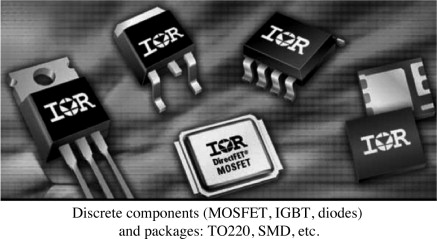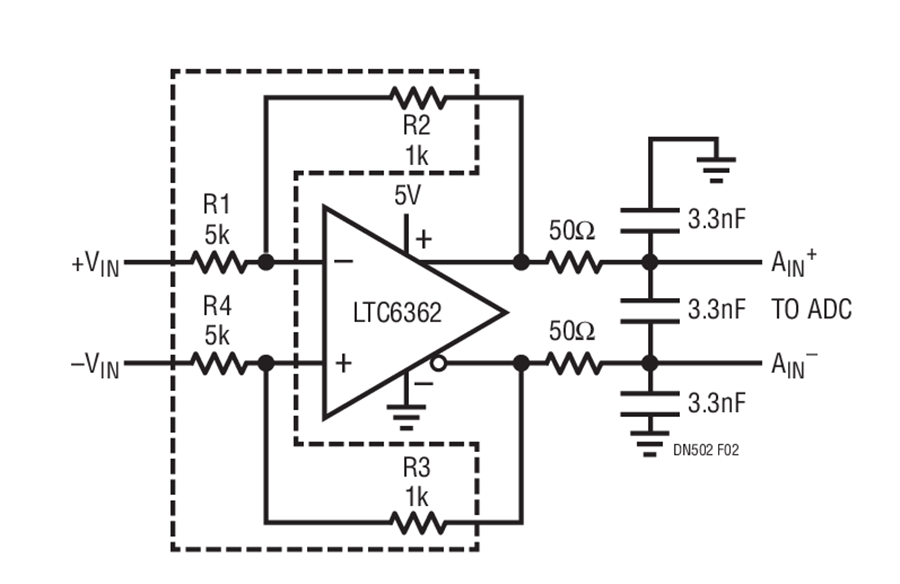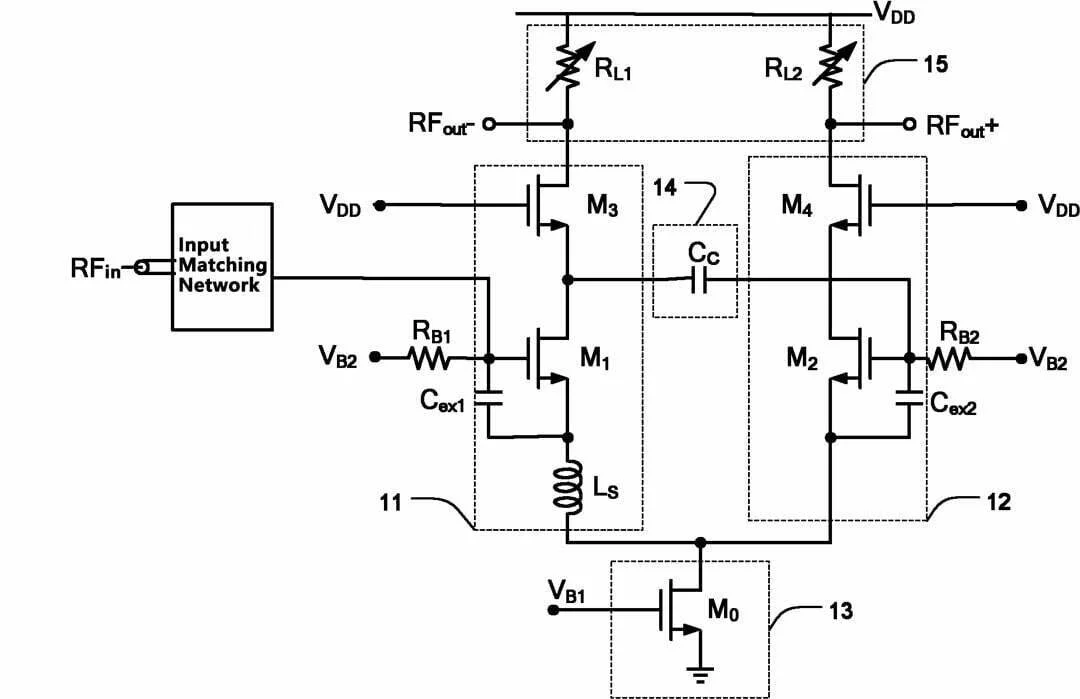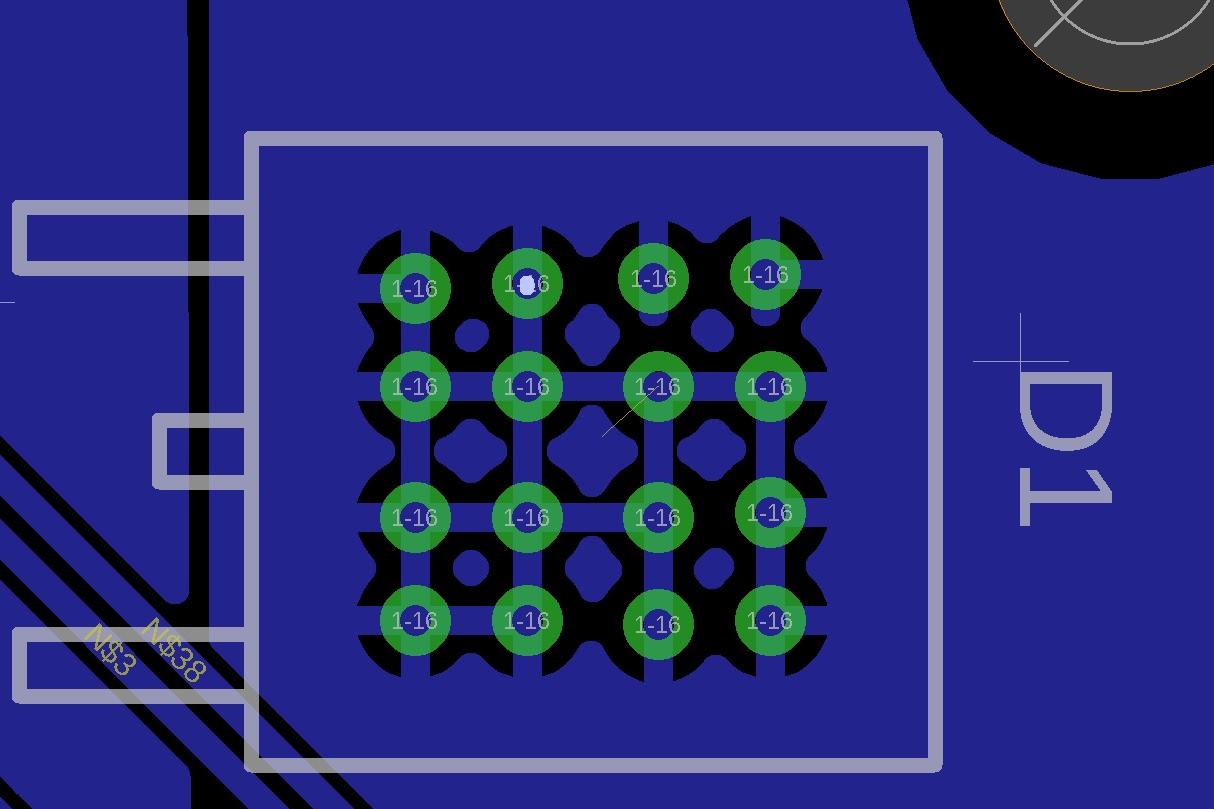In the world of analog circuit design, precision is everything. Whether you're working on a low-noise amplifier or a high-accuracy sensor interface, the choice of components can make or break your project. Discrete components—individual resistors, capacitors, transistors, and more—offer unmatched flexibility and control, allowing engineers to fine-tune their circuits for optimal performance. But how do you select the right discrete components for analog circuits, and what techniques can ensure precision and reliability?
In this comprehensive guide, we'll explore the critical role of discrete components in analog circuit design. We'll dive into topics like discrete component selection for analog circuits, the use of precision resistor networks, low-noise amplifier design with discrete components, discrete component matching techniques, and strategies for minimizing drift in analog circuits. By the end, you'll have actionable insights to elevate your designs with precision and efficiency.
Why Discrete Components Matter in Analog Circuit Design
Analog circuits are the backbone of many electronic systems, from audio equipment to medical devices. Unlike digital circuits, which deal with discrete binary signals, analog circuits process continuous signals, making them highly sensitive to component variations. Discrete components, as opposed to integrated circuits (ICs), allow engineers to customize every aspect of a circuit, ensuring optimal performance for specific applications.
Using discrete components offers several advantages:
- Customization: You can select components with exact specifications, like a resistor with a 0.1% tolerance or a capacitor with a specific temperature coefficient.
- Precision: Discrete components enable fine-tuned control over circuit behavior, critical for applications requiring high accuracy.
- Flexibility: Engineers can mix and match components to meet unique design challenges, something not always possible with off-the-shelf ICs.
However, working with discrete components comes with challenges, such as component matching and managing thermal drift. Let's break down the key considerations for optimizing analog designs with discrete components.

Discrete Component Selection for Analog Circuits: Key Factors to Consider
Choosing the right discrete components for analog circuits is a critical step in achieving precision. A poor choice can introduce noise, drift, or inaccuracies that degrade performance. Here are the main factors to consider during discrete component selection for analog circuits:
- Tolerance and Accuracy: For resistors, a tolerance of 1% or better is often necessary in precision analog designs. For example, in a voltage divider circuit, a mismatch in resistor values can lead to an output error of several millivolts.
- Temperature Coefficient: Components like resistors and capacitors should have low temperature coefficients (e.g., 25 ppm/°C or less) to minimize changes in value due to temperature fluctuations.
- Noise Characteristics: In low-noise applications, select components with minimal inherent noise. For instance, metal film resistors typically generate less noise than carbon composition resistors.
- Power Rating and Voltage Handling: Ensure components can handle the expected power dissipation and voltage levels. A resistor rated for 0.25W will fail in a circuit dissipating 0.5W.
By prioritizing these factors, you can build analog circuits that deliver consistent, reliable performance. For instance, in a sensor interface circuit, using a resistor with a 0.05% tolerance and a 10 ppm/°C temperature coefficient can reduce output errors to under 1 mV across a wide temperature range.
Precision Resistor Networks: Enhancing Accuracy in Analog Designs
Precision resistor networks are a powerful tool for analog circuit designers. These networks consist of multiple resistors integrated into a single package, often matched to within 0.01% of each other. They are ideal for applications like differential amplifiers, where resistor matching directly impacts common-mode rejection ratio (CMRR).
The benefits of precision resistor networks include:
- Improved Matching: Unlike individual resistors, which may vary by 1% or more, precision networks ensure near-identical values, reducing errors in circuits like op-amp gain stages.
- Reduced Drift: These networks are designed to have similar temperature coefficients across all resistors, minimizing differential drift. For example, a network with a 5 ppm/°C tracking ensures that resistors change uniformly with temperature.
- Compact Design: Using a single network instead of multiple discrete resistors saves board space, a critical factor in compact designs.
In a practical example, consider a difference amplifier circuit with a target gain of 10. Using a precision resistor network with a 0.02% matching accuracy, the gain error can be kept below 0.2%, compared to a potential 2% error with standard 1% discrete resistors.

Low Noise Amplifier Design with Discrete Components: Achieving Clean Signals
Low-noise amplifiers (LNAs) are essential in applications like radio frequency (RF) systems and sensor interfaces, where signal integrity is paramount. Designing an LNA with discrete components allows for tailored performance, especially when integrated solutions fall short in terms of noise or input impedance.
Key strategies for low-noise amplifier design with discrete components include:
- Selecting Low-Noise Transistors: Field-effect transistors (FETs) often provide lower noise figures (e.g., 1 nV/√Hz) compared to bipolar junction transistors (BJTs) in high-impedance applications.
- Minimizing Resistor Noise: Use low-value resistors in critical paths to reduce thermal noise. For instance, a 100-ohm resistor generates less noise than a 10-kiloohm resistor at the input stage.
- Optimizing Biasing: Proper biasing reduces 1/f noise (flicker noise), which is prominent at low frequencies. A well-designed bias network can keep noise below 2 nV/√Hz at 1 kHz.
For example, in an RF preamplifier, using a discrete FET with a noise figure of 0.5 dB and pairing it with low-noise resistors can achieve a total system noise figure below 1 dB, ensuring clean signal amplification.

Discrete Component Matching Techniques: Ensuring Consistency
Component mismatch is a common source of error in analog circuits. Even small variations in resistor values or transistor characteristics can lead to significant performance issues. Discrete component matching techniques help mitigate these problems by ensuring uniformity across critical components.
Effective matching techniques include:
- Manual Measurement and Selection: Measure components with a high-precision multimeter or LCR meter and group them by value. For instance, sorting resistors to within 0.1% of a target 10 kΩ value can improve circuit accuracy.
- Using Matched Pairs: Purchase pre-matched transistor pairs or resistor sets, which are tested to have near-identical characteristics. This is particularly useful in differential amplifiers, where a mismatch can degrade CMRR by 20 dB or more.
- Temperature Compensation: Place matched components in close proximity on the PCB to ensure they experience similar thermal conditions, reducing differential drift.
In a real-world scenario, consider a current mirror circuit built with discrete transistors. A mismatch in base-emitter voltage (Vbe) of just 2 mV can cause a 10% error in current output. By using matched transistor pairs with a Vbe difference of under 0.5 mV, the error can be reduced to below 1%.
Minimizing Drift in Analog Circuits: Stability Over Time and Temperature
Drift—unwanted changes in circuit behavior due to temperature, aging, or other factors—can compromise the precision of analog designs. Minimizing drift in analog circuits requires careful component selection and design practices.
Here are proven methods to reduce drift:
- Use Low-Drift Components: Select resistors and capacitors with low temperature coefficients. A resistor with a 10 ppm/°C rating will change by only 0.1% over a 100°C range, compared to a 1% change for a 100 ppm/°C resistor.
- Thermal Isolation: Shield sensitive components from heat sources on the PCB, or use thermal vias to dissipate heat evenly, preventing localized temperature gradients.
- Feedback Compensation: Incorporate feedback loops to correct for drift. For example, in an op-amp circuit, negative feedback can stabilize output voltage despite component variations.
In a temperature sensor circuit, drift can cause a 5 mV output error per degree Celsius if low-quality components are used. By selecting a precision resistor with a 5 ppm/°C coefficient and implementing feedback, the error can be reduced to under 0.5 mV/°C, ensuring reliable measurements.

Practical Tips for Implementing Discrete Components in Your Designs
Now that we've covered the core aspects of using discrete components in analog circuit design, here are some practical tips to streamline your workflow:
- Start with Simulation: Use simulation software to test component choices before building the circuit. This can help identify potential issues like noise or drift early in the design process.
- Prototype and Test: Build a prototype with your selected components and measure performance under real-world conditions. For instance, test a low-noise amplifier across a frequency range of 10 Hz to 100 kHz to verify noise levels.
- Document Specifications: Keep a detailed record of component specs, such as tolerance, noise figure, and temperature coefficient, to ensure consistency in future designs.
Conclusion: Elevate Your Analog Designs with Discrete Components
Discrete components are the building blocks of precision in analog circuit design. By mastering discrete component selection for analog circuits, leveraging precision resistor networks, optimizing low-noise amplifier design with discrete components, applying discrete component matching techniques, and minimizing drift in analog circuits, you can achieve unparalleled accuracy and reliability in your projects.
Whether you're designing a high-fidelity audio system or a sensitive medical device, the right discrete components can unlock new levels of performance. Take the time to choose components wisely, match them carefully, and design with stability in mind. With these strategies, your analog circuits will deliver the precision and consistency your applications demand.
 ALLPCB
ALLPCB







